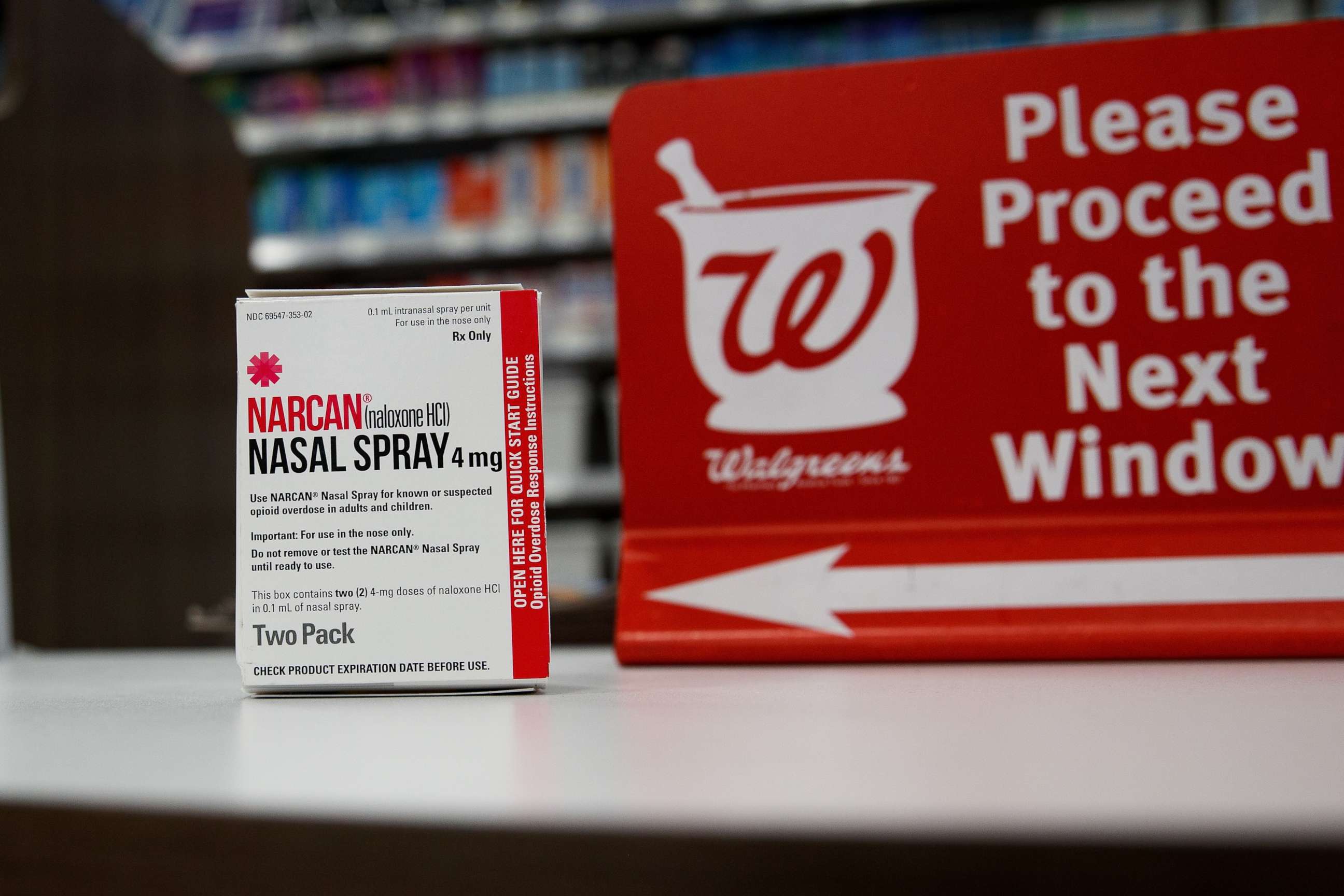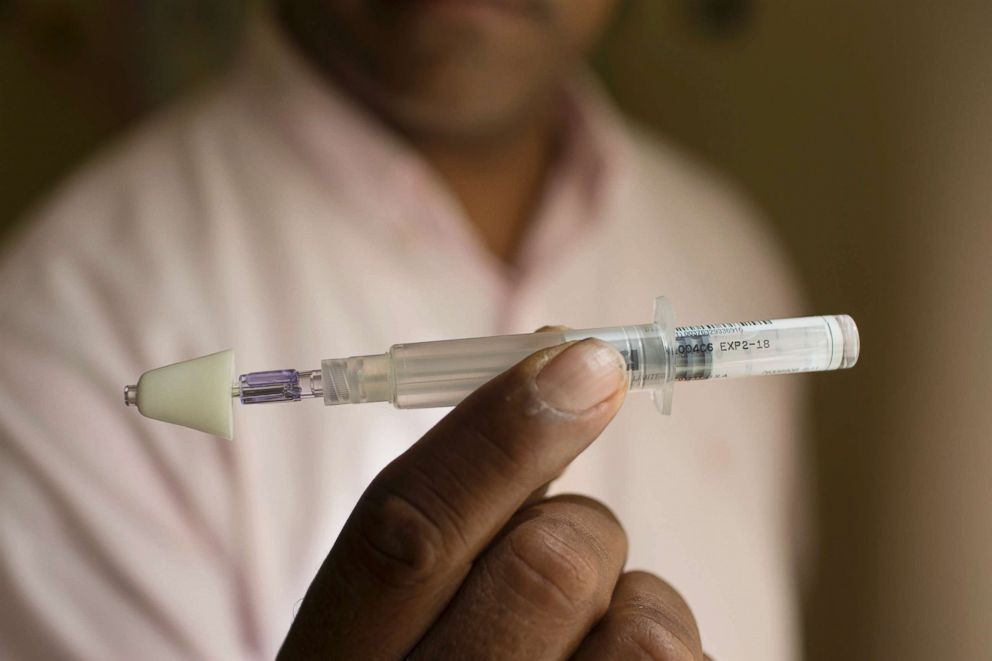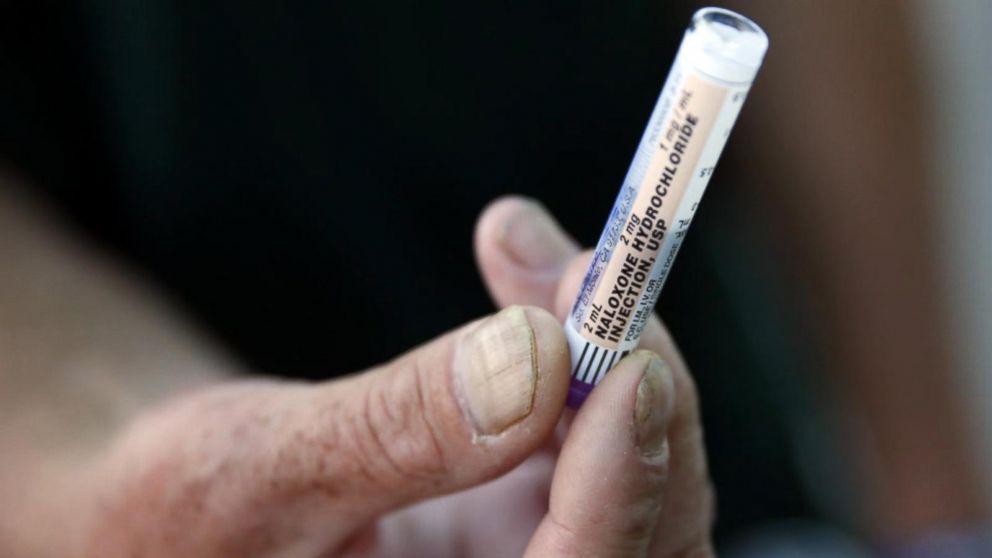Naloxone: What you need to know about this lifesaving drug
The opioid crisis has been front and center this week thanks to President Donald Trump's visit to New Hampshire, a state that has been particularly plagued by opioid-related deaths.
Drug overdose deaths are on the rise, according to the Centers for Disease Control and Prevention, and in 2016, two-thirds of those cases involved opioids.
On Monday, Trump announced the Initiative to Stop Opioid Abuse and Reduce Drug Supply and Demand, a program whose main components aim to address the driving forces of the opioid crisis: Reduce demand and over-prescribing of opioids, cut off the supply of illicit drugs, and help those struggling with addiction.
Here's what you need to know:
What is Narcan/naloxone?
One of the goals of the program is to ensure first responders are supplied with naloxone, commonly known by one of the brands named Narcan. Naloxone is a medication that quickly reverses an opioid overdose.
Opioid drugs such as heroin or prescription pain medications bind to brain receptors; in an overdose, the severe opioid effect slows breathing so much that death follows. Naloxone acts by competing with the opioid for those brain receptors, binding them and displacing the opioid. It will not stop overdoses from other kinds of drugs.

Who should get naloxone?
Anyone suspected or known to have an opioid overdose should be treated with naloxone. An opioid overdose is life-threatening because people can become unresponsive, breathe slowly or stop breathing altogether. If a person is not breathing, it will not hurt them to get naloxone.

How is naloxone given?
Naloxone is given in three ways: intravenously, injected into the muscle (think: an EpiPen style delivery) or a nasal spray. Individuals trained to administer naloxone can carry and give naloxone to a person having an overdose.
Dr. Hector M. Florimon is a third-year resident in pediatrics at New York Presbyterian-Columbia University Medical Center, working in the ABC News Medical Unit.




